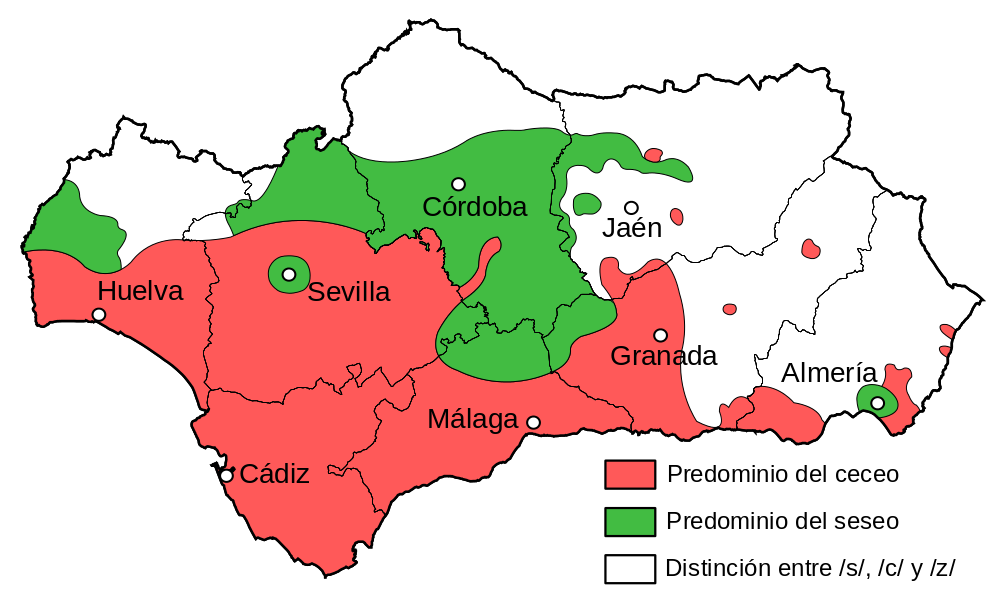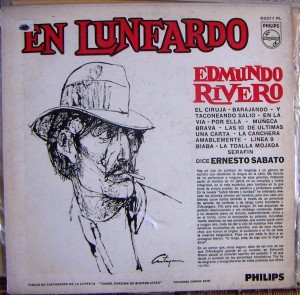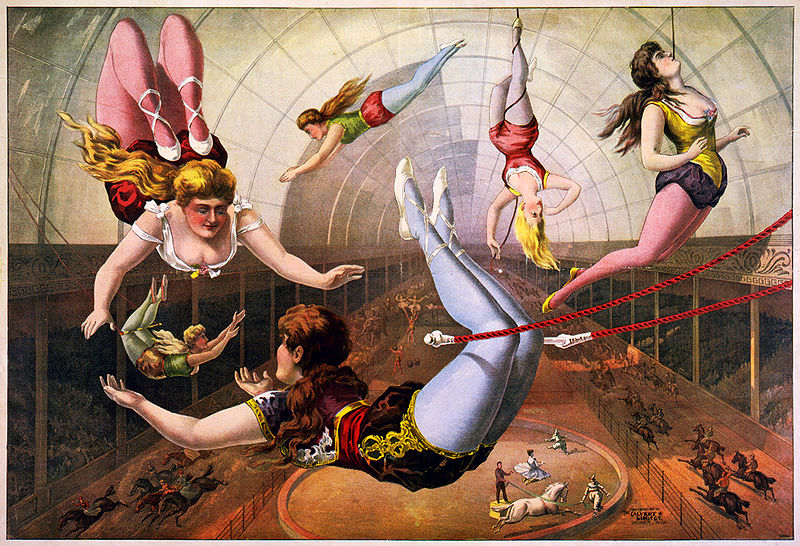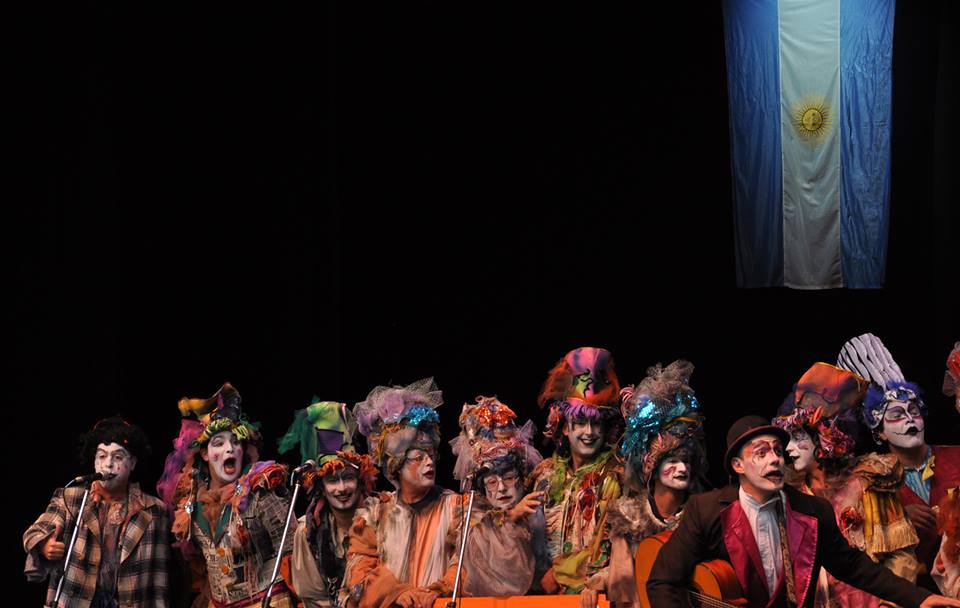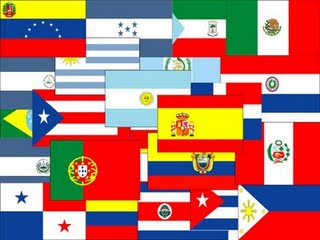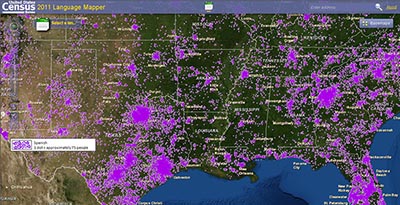One of the questions frequently posed by students of Spanish concerns the so-called “lisp” that can be heard from most, if not all, Spaniards when speaking Spanish: Why do Spaniards “lisp” (and some seemingly more than others) while Latin American Spanish speakers do not?
There are three important concepts that must be understood in order to answer this question: seseo, ceceo, and distinction.
“Seseo” (pronounced “seseo” in both standard Castilian and Latin American pronunciations) is the word used to describe the pronunciation of the letter “s” in all positions, the letter “z” in all positions, and the letter “c” before “e” or “i” (aka as the “soft” c) as a voiceless alveolar fricative. This variant is standard in Latin America and can be found in the Canary Islands, as well as in some parts of Andalusia.
“Ceceo” (pronounced /seseo/ in Latin American Spanish and /θeθeo/ in Castilian Spanish) is the word used to describe the pronunciation of the letter “s” in all positions, the letter “z” in all positions, and the letter “c” before “e” or “i” (aka as the “soft” c) as a voiceless corono-dentoalveolar groove sibilant. Though this sound lacks an official symbol in the International Phonetic Alphabet, it is usually represented by either [s̄] or [θṣ]. This sound is unique to certain areas of Andalusia.
Finally, “distinction” is the maintenance of the phonemic contrast – the differentiation in the pronunciation – between the letter “s” in all positions (pronounced as either an apico-alveolar retracted fricative (chiefly northern or central Spain) or lamino-alveolar retracted fricative (remaining areas)) – and the letters “z” in all positions and “c” before “e” or “i” (aka as the “soft” c) as a voiceless interdental fricative. This pronunciation is considered standard Castilian Spanish and is the basis for Spanish orthography.
The answer to our question of why Spaniards lisp and Latin Americans do not is tied closely to the history of Spain’s exploration of Latin America.
At the start of the century that saw Columbus reach America, Spanish had eight different sibilant phonemes. By the sixteenth century, they gradually began to merge and eventually simplified into three, two (the third was the sound represented by the letters “j” or “g” before “e” or “i”, and is not relevant here) of which corresponded to the letters “s” in all positions, the letter “z” in all positions, and the letter “c” before “e” or “i”. This simplification was not consistent throughout the Peninsula, and the process that took place in Andalusia and in the Canary Islands gave rise to new sibilant and non-sibilant sounds that were exclusive to those areas that eventually resulted in the phenomena of “seseo” and “ceceo”. It was the speakers of the former that made up the larger part of sailors and emigrants to the new lands, bringing with them the seseo-based linguistic variants that would form the foundation for the Latin American variants of Spanish, in particular coastal variants.
At the same time, a different phenomenon was taking place in Andalusia: ceceo. In many parts – particularly the south and west – the two phonemes /θ/ and /s/ merged, creating the sound [s̄] ([θṣ]), which is close, but not identical to the standard Castilian [θ]. While often considered a marker of low socio-economic status, speakers may show sociolinguistic variation, switching between ceceo and distinction due to sociolinguistic pressure in certain settings, using, e.g., ceceo among family and friends and distinction in professional or public settings.


